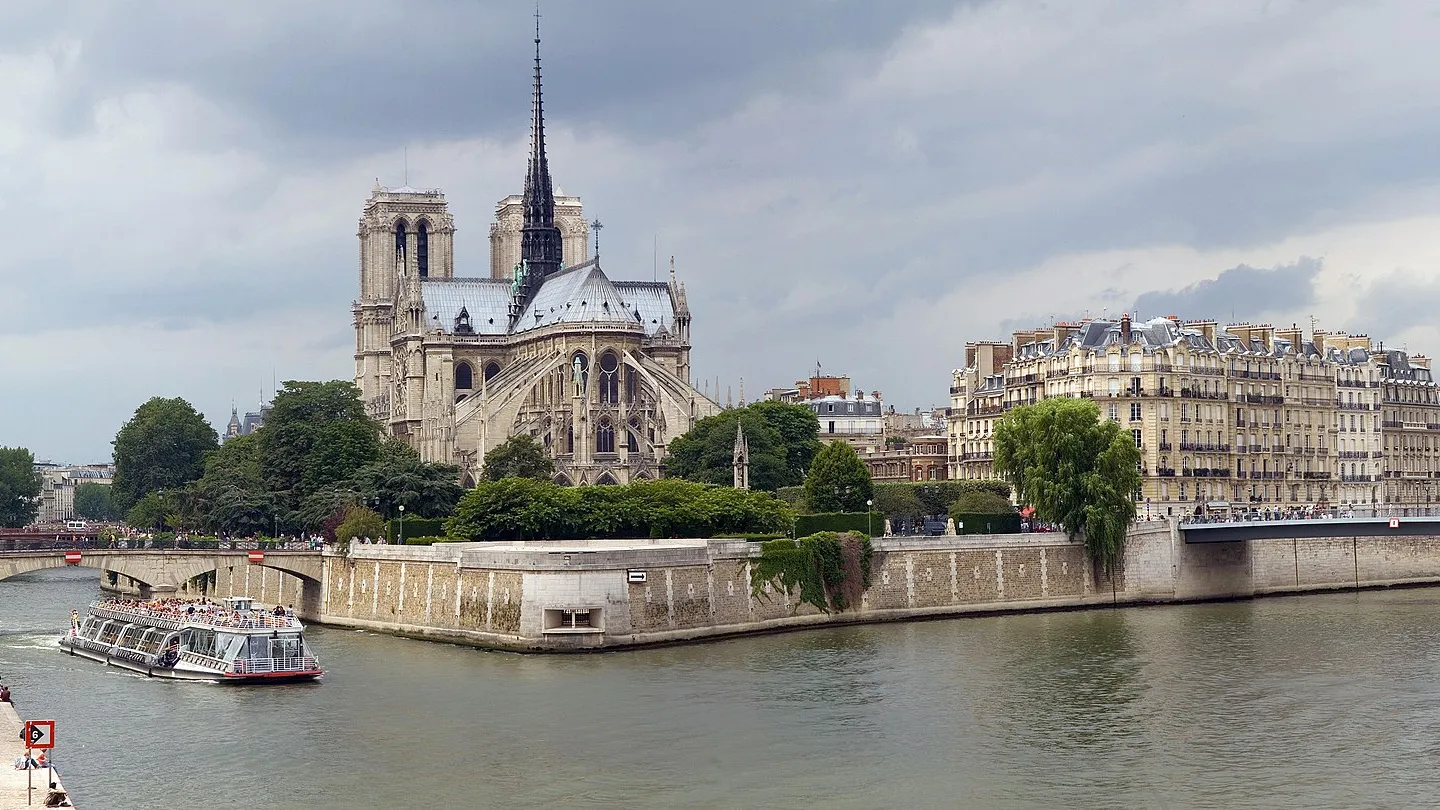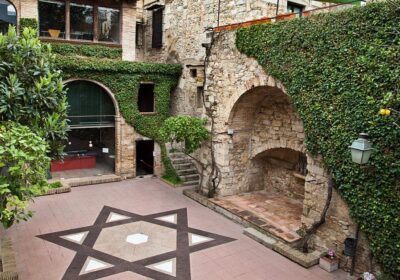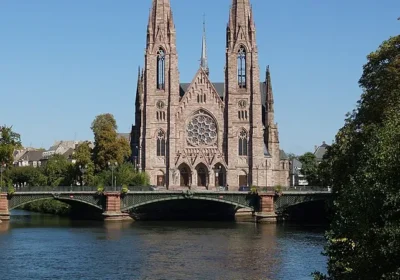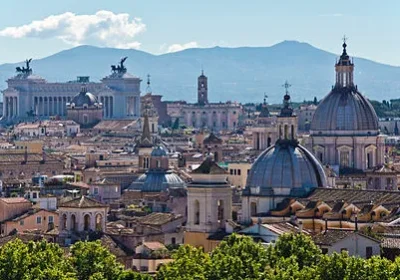Cité is the heart of Paris and France. Here the French state was born and formed. In the III century BC, Celtic tribes “Parizia” settled here. In the 1st century BC. Cité is the center of a Gallo-Roman province with a Roman fortress, church, houses, baths, market…
On the site of the first Roman churches today stands the Cathedral of Our Lady of Paris (Notre-Dame de Paris) with its unique relics, history, bas-reliefs, sculptures, stained glass windows, chapels… Behind it is the Court of the Convent of the Canons, from which the Sorbonne was born.
Conciergerie – a royal castle built in the early XIV century and later became a prison (here, in particular, Marie Antoinette waited for her execution)…. On its Clock Tower is the oldest clock in Paris. Saint-Chapelle (Sainte Chapelle – Holy Chapel) is a palace church built in the XIII century to store the crown of thorns of Jesus Christ. The Conciergerie overlooks the Place du Châtelet, in the middle of which stands a column dedicated to Napoleon’s victories. On opposite sides of the square are two theaters, where Diagel’s ballets with Vaclav Nijinsky and Anna Pavlova once took place.
Place Dauphine is the first royal square in Paris.
Latin Quarter (Quartier latin) – this was once the bustling Gallo-Roman province of Lutetia. Now it is a student and restaurant district with inexpensive stores and unforgettable streets, where lived the Duke of Buckingham, Athos, Napoleon, Tsvetaeva and others. There are majestic remains of Roman baths, built in the III century AD and in the same century destroyed by barbarians….
Boulevards Saint-Michel (Sait-Michel) and Saint-Germain (Saint-Germain) (both XIX century, the era of Baron Osman) and the street Saint-Jacques (Saint-Jacques), laid by the Romans in the I century AD. The churches are Saint-Séverin (Saint-Séverin – XIII century) and Saint-Julien-le-Pauvre (Saint-Julien-le-Pauvre – XIII century).
There are restaurants on every corner. Including the oldest and the very first restaurant in Paris, opened in 1686. Next to it – the house of Dr. Guillotine.Castle XV century – Cluny, Sorbonne – University, founded in the XIII century (in its church – Richelieu’s tomb), Pantheon, where Voltaire, Jean-Jacques Rousseau, Victor Hugo, Emile Zola… are buried.
From the monastery of St. Genevieve are preserved tombs of the first king of France Clovis and his wife Clotilde (VI century.), as well as refectories XIII century, which houses the most prestigious lyceum in France.Church of St. Etienne-du-Mont (Saint-Etienne-du-Mont – XVI century.), where the relics of St. Genevieve – the patroness of Paris and the graves of Racine and Pascal. Nearby are the remains of the fortress city wall that surrounded Paris in 1196.
The Luxembourg Palace (Palais du Luxembourg – today’s Senate, the upper house of Parliament) and the Luxembourg Garden (Jardin du Luxembourg). Some French people believe that the Luxembourg Gardens is home to the Peace Center. Statues of famous women who influenced French history surround its central fountain. Around it, on exquisite French lawns are 19th century sculptures. – Here is the original of the Statue of Liberty and probably the most beautiful fountain in Paris – the Fountain of the Medici (a huge Cyclops, jealous, is going to crush the naked couple in love with a stone block).
From the park you have a perspective on the Avenue de l’Observatoire, a fashionable street, at the end of which you can see the Observatory, built under Louis the Great. There, at the end of the street begins the boulevard Montparnasse, where there are cafes described by Ehrenburg, Hemingway, Russian literary emigration. In some of them even today you can meet modern celebrities…..

















